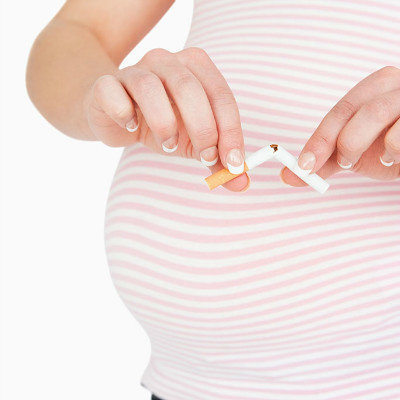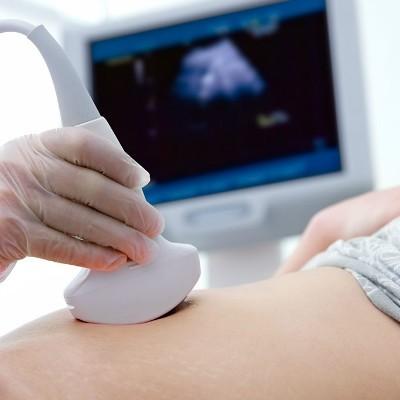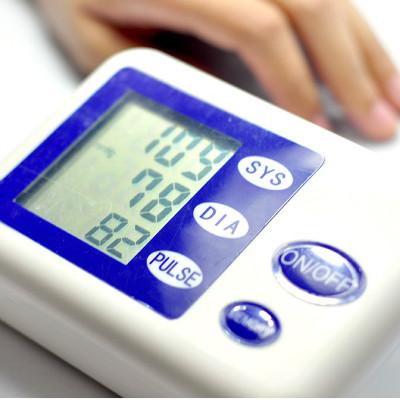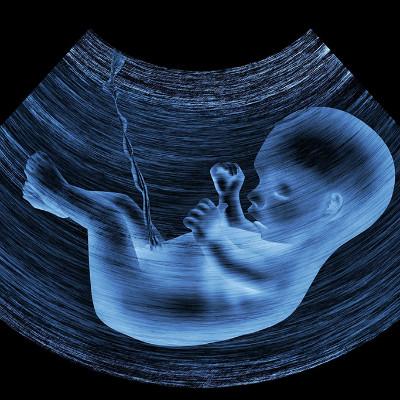What does eclampsia symptom have?
summary
Eclampsia often occurs in late pregnancy, in the process of delivery, or in the initial stage of labor. Primipara is the most common. It is often developed with gestational edema. The main manifestations were edema, hypertension, proteinuria (pregnancy poisoning), etc. Without timely treatment or control, preeclampsia can develop into eclampsia characterized by convulsion and coma. So what are the symptoms of eclampsia?
What does eclampsia symptom have?
The first sign is elevated blood pressure. If the height of blood pressure of pregnant women is greater than or equal to 140 to 90mmHg, it indicates that it is the manifestation of preeclampsia. The blood pressure rises slowly, and the patient has no obvious symptoms. However, if the blood pressure rises sharply, there will be nausea, vomiting, blurred vision, palpitations and other discomfort.
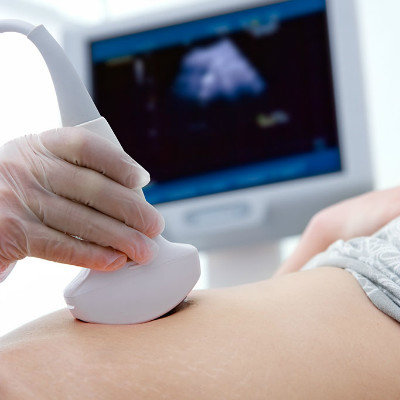
The second manifestation is proteinuria. Pregnant women in the premise of body swelling will have increased blood pressure, and through the examination, the level of proteinuria will continue to increase, if there are similar symptoms, suggesting the possibility of preeclampsia. So in clinic, in the process of prenatal examination, we must timely check and measure blood pressure and urine.

The third symptom is edema. If in the second and third trimester of pregnancy, pregnant women have systemic swelling and edema, they should go to the hospital in time. Determine whether it is dominant edema or recessive edema. Generally, dominant edema occurs in the ankle and lower limbs, and may also lead to systemic edema. Its characteristics are that it does not disappear after rest, and it appears suddenly, which will quickly affect the whole body and visceral organs. If it is recessive edema, mostly refers to the liquid stored in the tissue space, the main performance is that the weight will have abnormal increase.
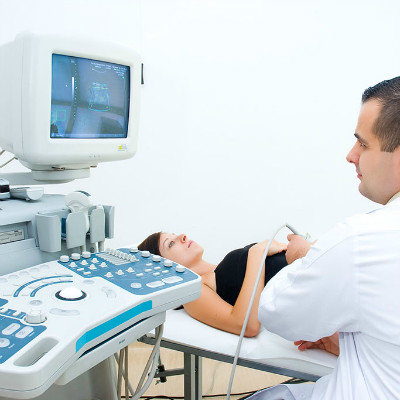
matters needing attention
When eclampsia occurs, the eyeball stares at one side, the eyelids spasm, the pupils dilate, then the corners of the mouth and facial muscles twitch, gradually the whole body twitches, the body is stiff, the teeth are clenched, the face is blue, and coma. Convulsions usually last 30 seconds to two minutes. After the convulsion stops, the consciousness gradually recovers, but later, it may attack again due to the stimulation of light and sound. If convulsive coma continues and the condition is serious, the prognosis is poor.
